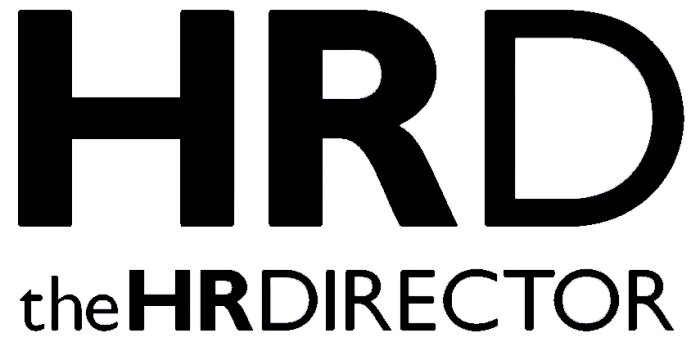Most of us are reeling from the devastating news about Carrick, who will be sentenced in February for crimes against women committed over twenty years as a serving police officer.
Brave is the word we use to describe whistle-blowers, and with good reason.
Speaking up is risky. At best you might be cold-shouldered by colleagues who perceive your concerns a threat to their status quo. At worst, your personal and professional life may be forever changed.
When you are the victim and you speak up about what has happened to you, your personal risk is even greater. If the perpetrator is powerful by their social or occupational position the fear and threat is enough to silence.
Gratitude and praise are what we should be heaping on those who speak up. And extending support into every facet of their lives. That is what being victim-focused is about.
Prevent-Protect-Respond
Through my work with leaders and managers in organisations committed to the safety, inclusion and respect of their staff and communities, we develop actions around a prevent, protect, and respond strategy (PPR).
Preventing harm to performance, health and well-being through good policies, clear communication of expectations, and education. Protecting diversity and its benefits, and then responding appropriately, effectively, and fast when issues of harm are raised.
There are no quick fixes here, but there is a way to target interventions towards need and to design them for success. Our way is to use data to pinpoint issues, and we use social and behavioural science to design people-first policies, training, and processes. These will not be the same for every organisation, and rightly so.
One of the many revelations about Carrick’s apparent freedom to frighten and abuse, is that officials and employees are not fundamentally different people in and out of work. Domestic violence and abuse are violence and abuse.
Behaviour adapts to situations, but attitudes are less flexible. Indicators of misogyny and prejudice are carried in everyday language. In banter, in jokes, and in patterns of behaviour that derogate and exclude. These behaviours become normalised in cultures where there is a fear of speaking up.
Make it safe to speak up about the small things
Making it safe to speak up and welcoming that challenge should be the priority of our police forces and the many other organisations that are right now driven to review their Prevent-Protect-Respond actions.
That means making it safe to speak up about the small things. The banter, the jokes, the images shared on What’s App, and not only egregious experiences of bullying and abuse.
Tackling this might feel overwhelming. Focus on understanding the everyday indicators of exclusion that are gateway behaviours to serious harm. That’s where I would start.







